Improving our understanding of hydrologic and biogeochemical processes through nitrate evolution.
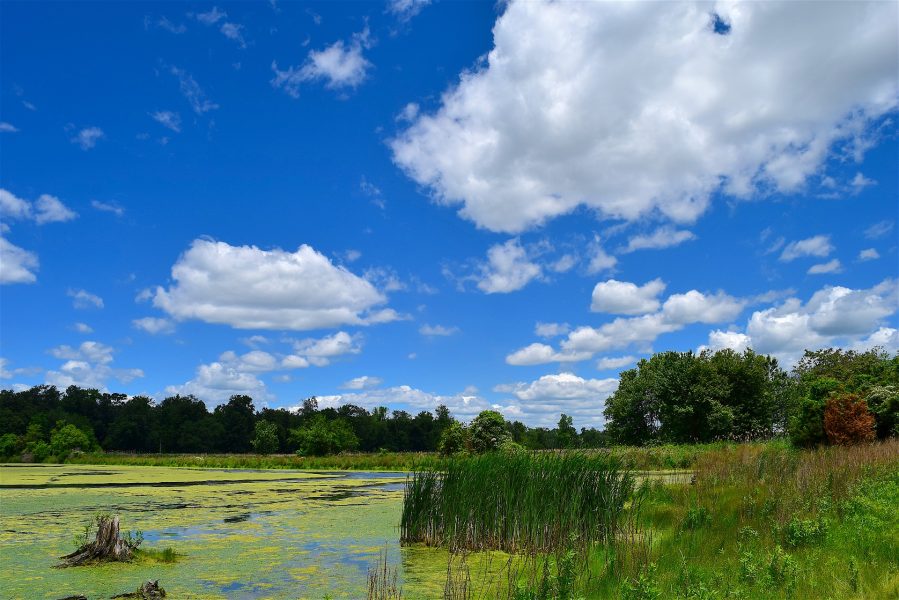

Improving our understanding of hydrologic and biogeochemical processes through nitrate evolution.
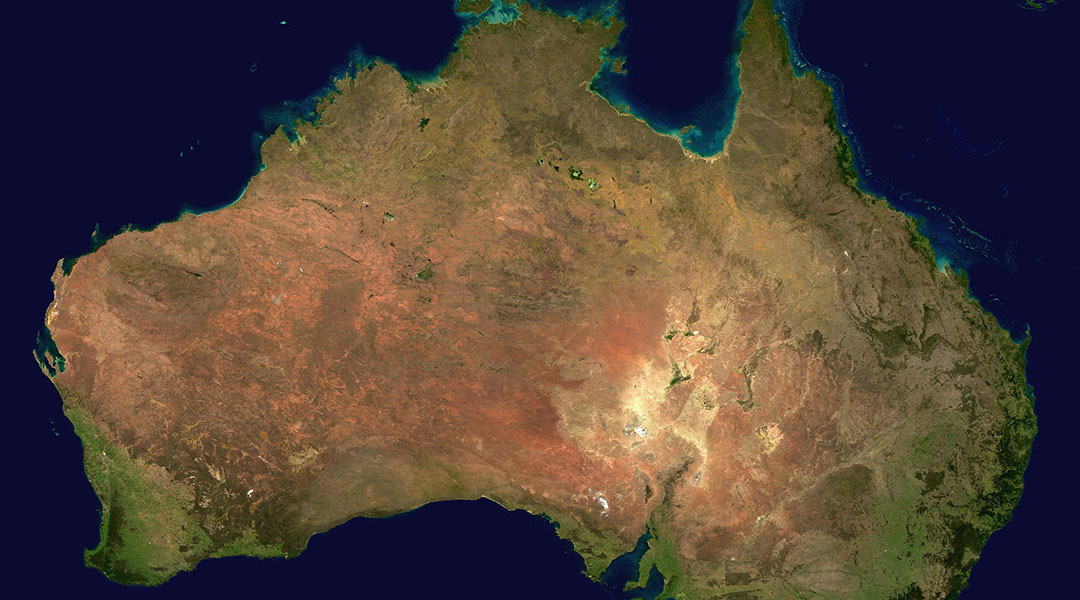
As Australia is the second driest continent on Earth, reliable projections around the trends and variability in future rainfall are crucial for policymakers and water resource management.
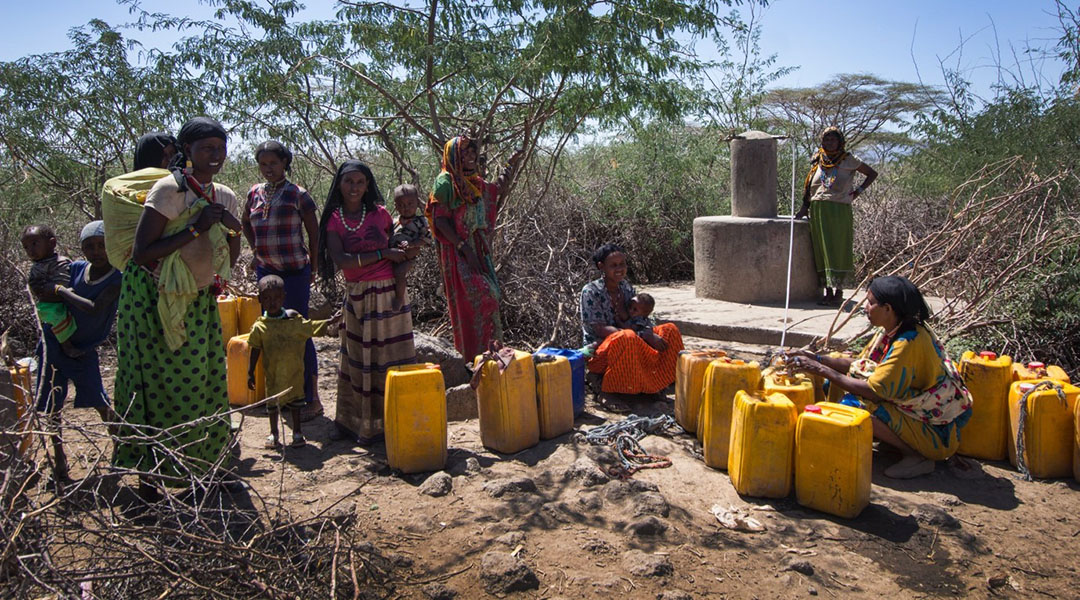
Climate shock‐related water insecurity has a significant impact on poverty, and vice versa, with poor people adversely impacted by different hazards.

Biopolymer-based 3D printable hydrogel for removing toxic metals from water.

Using cellulose-based fibers and nanotechnology to remove arsenic from drinking water.

Fresh waters are plural and valued variously, in ways that bear critical‐constructive decolonial scrutiny in the twenty‐first century.

A team of researchers from Ireland report on the mechanisms of how atmospheric cold plasma (APC) improves the germination of seeds.
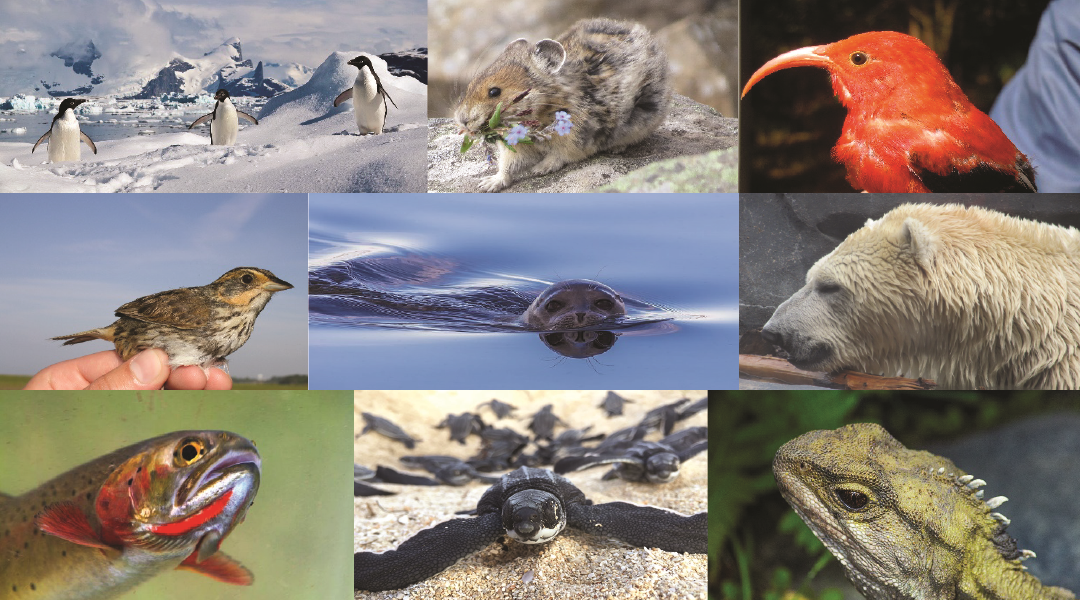
Now that climate scientists can make better projections of climate change, biologists need to project and prevent its impacts on biodiversity.
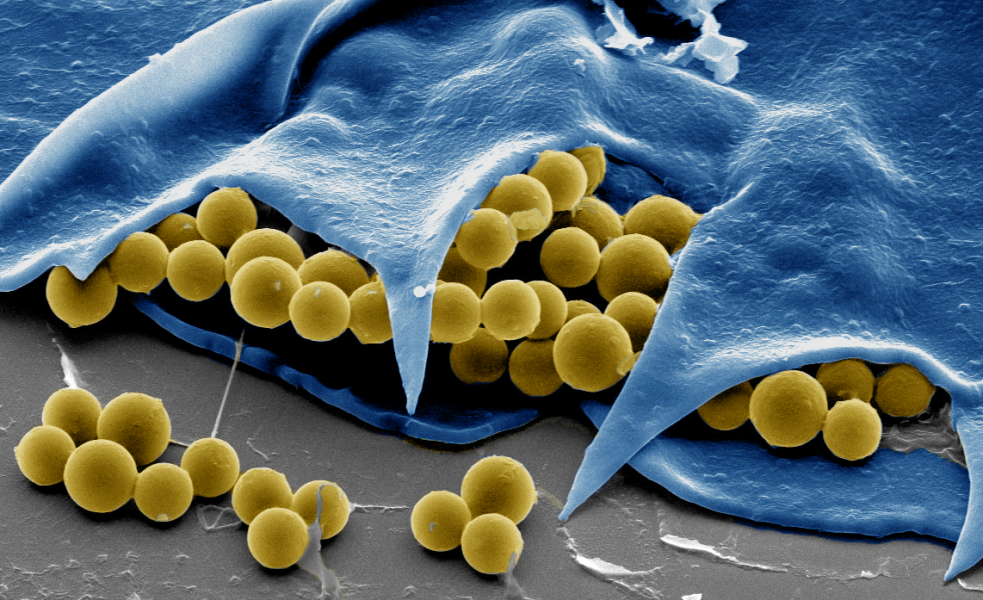
The Rotibot decontaminates water using functionalized microbeads (yellow) accumulated around the rotifer mouth (blue).
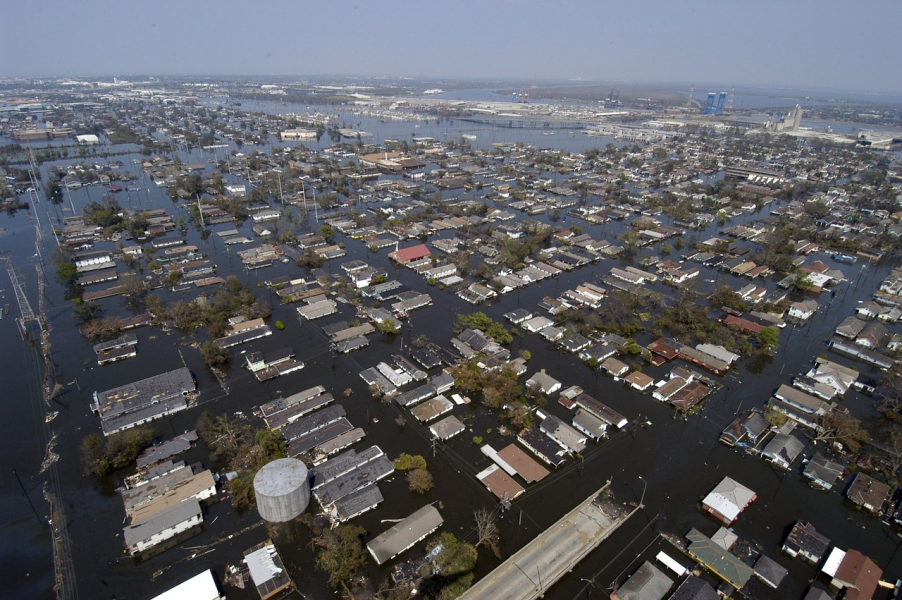
Climate resilience is increasingly prioritized by international development agencies and national governments. However, current approaches to informing communities of future climate risk are problematic.